 Some pictures of the Cemetery, taken 14 December 2014
Some pictures of the Cemetery, taken 14 December 2014Larch Wood (Railway cutting) Cemetery
View Larch Wood (Railway cutting) Cemetery on the Commonwealth War Graves Commission websiteWest-Vlaanderen
Belgium
About
The cemetery was begun in April 1915 at the north end of a small plantation of larches. It was used by troops holding this sector, particularly the 46th (North Midland) Division and the 1st Dorsets, until April 1918. There are many Canadian graves, including that of Robert Reeve who was brought up in Rutland before emigrating to Canada. The cemetery was enlarged after the Armistice when graves were brought in from the battlefields of Ypres and from a number of smaller cemeteries. The farmland surrounding the cemetery is owned by Marietta Verbrugghe whose family has farmed here since the 1840s. When we visited in July 2017, she pointed out the mound in the field at the back of the cemetery. She said this was where the tunnels began in the big mining operation under Hill 60 a short distance away and which were blown on 8 June 1917 at the start of the Battle of Messines. She told us that her grandfather filled in the tunnels which had become dangerous to enter. The very pretty cemetery, nestling next to the railway line which still carries two trains an hour, was designed by Sir Edwin Lutyens.

|
Do you know something about Larch Wood (Railway cutting) Cemetery that hasn't been mentioned? You can add any new information and images as a contribution at the bottom of this page. |



.jpg)





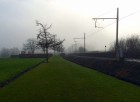
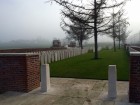
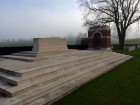
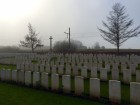
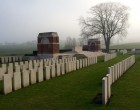

.png)


.jpg)





Please wait